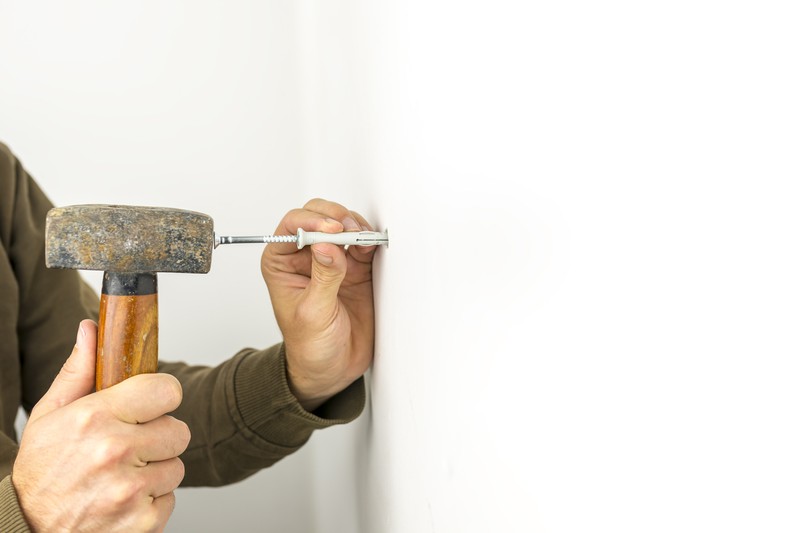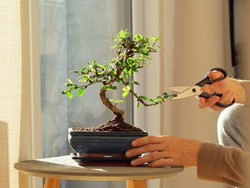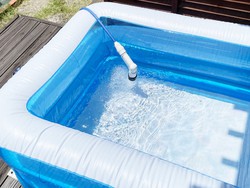Types of ceiling plugs: uses and characteristics
The dowels are what help you to fix elements on the ceiling and walls. But to make a good choice, you have to be aware of some things such as the material on which it will be applied or the load. The studs allow you to attach anything , be it a painting or a fan. Among the criteria that we have to bear in mind are the type of material, whether it is solid or hollow, or the weight it will have to support. With this we can choose the appropriate material, shape and size of the cue for each occasion. Stay to know our Brycus tips so that you make a good choice.

The first thing to know is what the support is made of , since the studs can vary:
• For surfaces with solid materials such as bricks, concrete or blocks.
• For surfaces where the material is hollow, such as plasterboard.
• Universal that are valid for any type of materials. These are the perfect ones if you don't know the material of the support.
The second thing is the choice of the cue . The length, material and type must be taken into account, since they are decisive to support the load without damaging the support. The load can be of 3 types: light, up to 20kg; medium, 20 to 60 kg or heavy, more than 60 kg.
Discover our hardware store with the best prices on the market.
The studs vary depending on the support and load . The plugs that have a lower load support are those specific for hollow material, followed by the universal ones. Those specifically for use with solid supports and chemical resins are those that support the most weight. Regarding the material from which the plug is made, we have different options: plastic, nylon, metal or chemicals . The grip points are also important, since they determine the efficiency of the block , because they serve as an anchor .
• Expansion . This extends into the bracket when the screw is inserted. Its fixing is by contact and, depending on the size, it can withstand more or less load.
• Self-drilling . It screws onto the surface directly. This type supports little load and is intended for hollow surfaces.
• To nail . The plug opens in half to hold the hole walls dry when the screw is inserted. It is designed to withstand a low load and for those fixings that are simple and fast.
• Deformation . When screwed, it deforms by folding over on itself. It supports little load.
• Tilting . It has parts that are used for anchoring so that, once inside the hole, they swing on the support. Recommended for hollow materials.
• Chemical block . It works like an adhesive because it has a resin that is added to increase the adherence of the screw and its fixation. Once the screw has been inserted, the resin must be allowed to dry. It is designed for very heavy loads.





Our customers trust us
Opinions of our clients
Receive our news